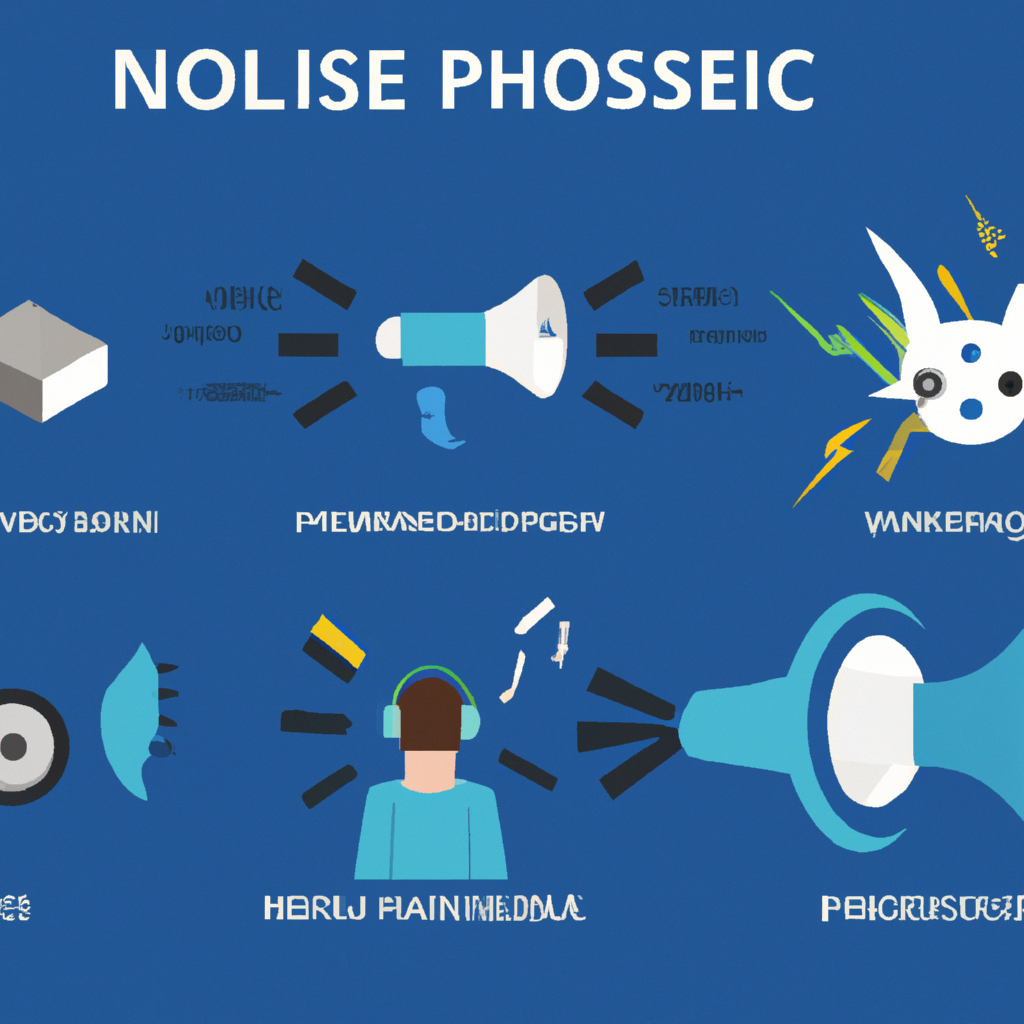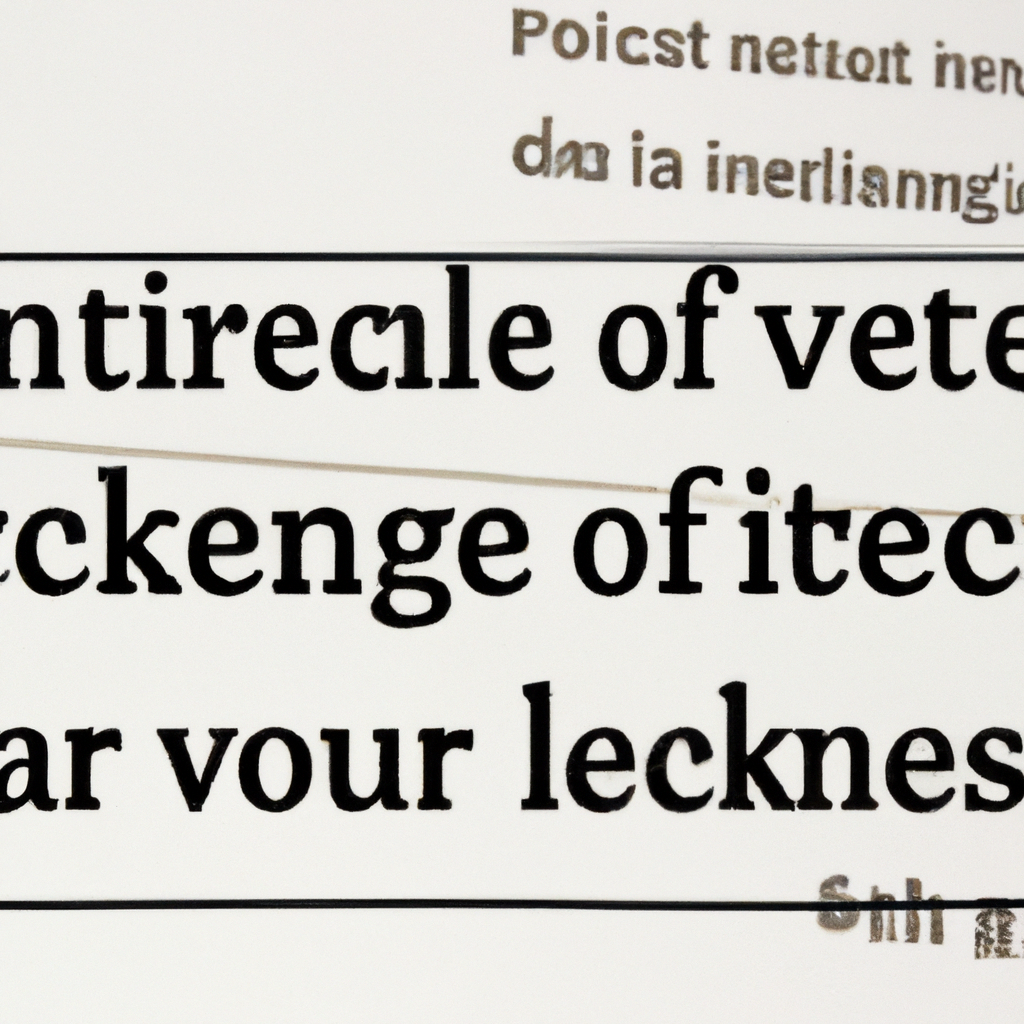Understanding and Managing Noise Phobias in Dogs
In the deep abyss of a dog's mind, lies an enigma known as noise phobia. Howl, barks, and whimpering

Silence, broken only by the rhythmic beat of paws skittering across the polished floor, fills the air. Dusk dwindles away, cloaking the world outside in darkness, while anxiety simmers within four-legged hearts. Ears pricked, tails tucked, they tremble at the impending symphony. The familiar crescendo of thunderstorms, fireworks, or even the clamor of busy streets ensnares their souls in a vortex of fear, transforming their safe haven into a prison of trepidation. This, my dear reader, is the plight of our beloved canine companions afflicted with noise phobias. As guardians of their happiness, it becomes our responsibility to delve deep into the realm of understanding, as we embark on a journey towards managing and alleviating their distressing melodic nightmares.
Understanding Noise Phobias in Dogs: Unraveling the Causes and Effects
Unraveling the Causes of Noise Phobias in Dogs
For some dogs, the sound of thunder or fireworks can cause an overwhelming sense of fear and anxiety, leading to what is commonly known as noise phobia. Understanding the causes behind this condition is paramount in helping our furry companions overcome their fears and lead happier lives. There are several factors that contribute to the development of noise phobias in dogs:
- Genetics: Certain breeds may be more genetically predisposed to noise phobias due to their heightened sensitivity to loud sounds.
- Past Traumatic Experiences: Dogs that have had previous negative encounters with loud noises, such as being involved in accidents or experiencing abuse, may develop a lasting fear.
- Lack of Socialization: Puppies who have not been properly exposed to a variety of sounds during their critical socialization period are more likely to develop noise phobias as they grow older.
- Environmental Factors: Living in a loud urban area or being constantly exposed to construction noises can also contribute to the development of noise phobias in dogs.
Effects of Noise Phobias on Dogs’ Well-being
Noise phobias can have a profound impact on a dog’s overall well-being and behavior. It is crucial to recognize and address these effects to help our four-legged friends live happier lives:
- Physical Symptoms: Dogs suffering from noise phobias may exhibit various physical symptoms such as tremors, increased heart rate, excessive panting, or even digestive issues.
- Emotional Distress: The fear and anxiety associated with noise phobias can cause dogs to experience emotional distress, leading to abnormal behaviors like restlessness, hiding, destructiveness, or even aggression.
- Reduced Quality of Life: Dogs with noise phobias may become increasingly isolated, avoiding situations that trigger their fears. This can lead to a decreased quality of life and social interaction.
- Secondary Behavior Problems: If not addressed, noise phobias can escalate into other behavior problems such as separation anxiety or general anxiety disorders.

Managing Noise Phobias: Strategies for Helping Your Canine Companion
Strategies for Helping Your Canine Companion Cope with Noise Phobias
Noise phobias can be a challenging experience for your furry friend, causing distress and anxiety during loud events like thunderstorms or fireworks. As a responsible pet owner, you can help your canine companion manage their noise phobias with effective strategies. Here are some creative tips to assist your furry friend in finding comfort amidst the chaos:
- Create a Safe Haven: Set up a designated retreat area for your pup, such as a cozy corner in a room with minimal noise. Fill it with their favorite toys, a soft blanket, and perhaps a piece of clothing with your scent to provide a soothing and familiar environment.
- Distraction Therapy: Distract your dog from the noise by engaging them in activities they enjoy. Play their favorite game, practice obedience training, or offer puzzle toys that require mental focus. These distractions will help shift their attention away from the overwhelming sounds and onto something positive.
- Calming Music: Consider playing soft, classical music or specially curated dog relaxation tracks. The gentle tunes can help drown out the noise and have a calming effect. Experiment to find the type of music that your dog responds to best.
- Thunder Shirts or Anxiety Wraps: These snug-fitting garments provide gentle pressure that can promote a sense of security and reduce anxiety. Available in various sizes, they work by mimicking the feeling of being held or swaddled, offering a comforting sensation during stressful situations.
All dogs are unique individuals, so it’s important to remember that what works for one may not work for another. Be patient and understanding while trying different strategies to manage your canine companion’s noise phobias. Consulting with a professional dog behaviorist or veterinarian can also provide you with additional guidance to ensure your pooch feels secure and loved during those noisier times of the year. By implementing these creative approaches, you’ll be helping your furry friend weather the storm of their noise phobias with comfort and support.

Creating a Safe Haven: Tips for Minimizing Anxiety and Providing Comfort
Creating an Oasis of Calmness: Techniques to Alleviate Anxiety and Foster Serenity
Unraveling the intertwined threads of anxiety and creating a secure retreat for your mind and body is no facile endeavor. Embracing our harmonious universe, we gather ethereal suggestions to diminish anxiety’s grip and construct a sanctuary where tranquility reigns supreme.
Surround Yourself with Soothing Vibes
- Indulge in mellifluous melodies that wash away tension, using soft-spoken tunes or enchanting classical compositions to nurture your soul.
- Allow nature to embrace you by inviting verdant plants and fragrant flowers into your living space, infusing the air with serenity.
- Release the enticing aromas of essential oils, such as lavender and chamomile, to exude a calming ambiance that pacifies the senses.
Encourage Self-Care Rituals
- Bathe in hushed hues and create an atmosphere of peace with gentle candlelight for a serene, contemplative soak.
- Engross yourself in the solace of a well-thumbed book or embark on an artistic voyage, letting creative expression forge connections with your innermost being.
- Cloak yourself in snug blankets, wrapping your aura in comfort, and surrendering to the solace of a cup of herbal tea, which can soothe frazzled nerves.

Dealing with Noise Phobias: Professional Assistance and Treatment Options
Noise phobias can be incredibly distressing and debilitating, affecting individuals of all ages. If you or your loved one is experiencing this condition, seeking professional assistance and exploring treatment options can make a significant difference. Here are some options to consider:
1. Therapy: One of the most common treatment options for noise phobias is cognitive-behavioral therapy (CBT). This therapy focuses on changing negative thought patterns and behaviors associated with the phobia. Through counseling sessions, you can learn techniques to manage fear and develop coping mechanisms. Additionally, exposure therapy, a form of CBT, helps you gradually face and become desensitized to the noise triggers, enabling you to regain control over your reactions.
2. Medication: In some cases, medication may be prescribed to help manage the symptoms of noise phobias. Anti-anxiety medications, such as benzodiazepines, can provide short-term relief during highly distressing situations. Selective serotonin reuptake inhibitors (SSRIs) may also be prescribed to alleviate anxiety and stabilize mood. It is essential to consult with a qualified healthcare professional to discuss the potential benefits and risks associated with medication.
Key Takeaways
As we bid adieu to this comprehensive exploration into the intricate world of noise phobias in dogs, it is evident that understanding these fears is a key component to effectively managing them. We have delved deep into the hearts and minds of our canine companions, unearthing the roots of their anxieties and unraveling the complexities of their reactions to sound.
Through this journey, we have witnessed the symphony of fear that can occur in these noise-sensitive souls, their hearts racing like a crescendo, and their paws tapping nervously like the beat of a drum. We have marveled at the power of thunderstorms, fireworks, and even simple household appliances to transform our beloved pets into trembling bundles of unease.
But fear not, for armed with knowledge, compassion, and a dash of creativity, we can lend our support to these sensitive creatures. Whether it be through desensitization exercises, gradual exposure, or the comforting embrace of a thunder jacket, there are an array of tools at our disposal to soothe their restless souls.
Let us not underestimate the profound impact that noise phobias can have on the overall well-being of our furry friends. By acknowledging their fears, we demonstrate our commitment to their happiness, and in turn, fortify the unbreakable bond we share with them.
So, dear readers, as we conclude this captivating odyssey, let us open our minds and our hearts to the vulnerabilities of our canine companions. Let us embrace the challenge of understanding and managing their noise phobias. For with each step we take, every moment of reassurance we provide, we bring closer the harmony of a tranquil existence for our beloved companions.






